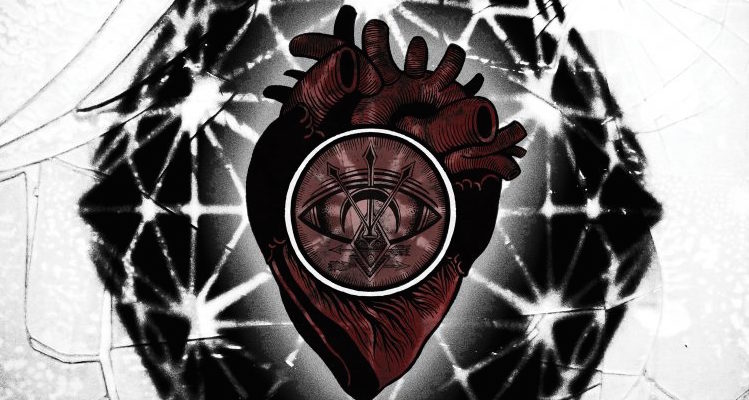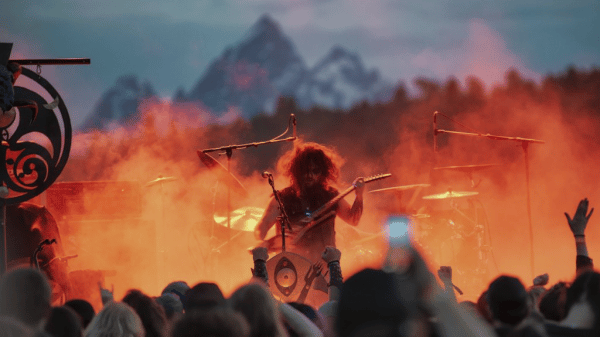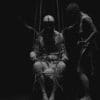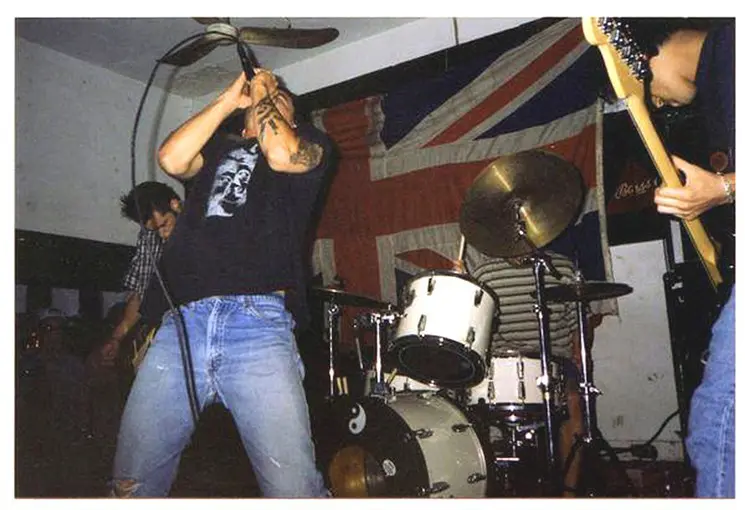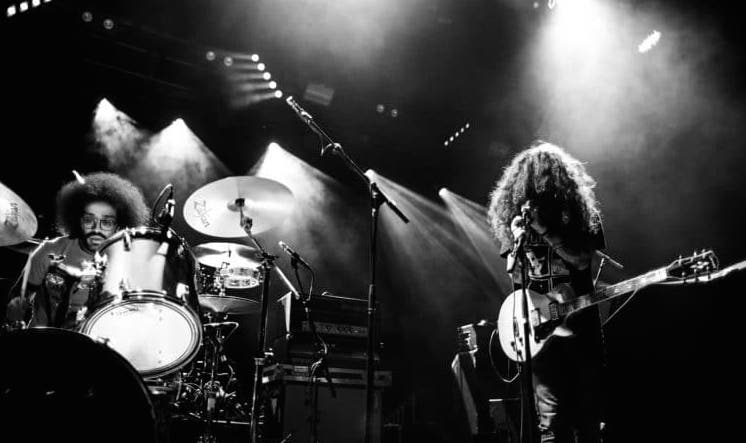Mirrors For Psychic Warfare is the collaboration between Scott Kelly (Neurosis) and Sanford Parker (Buried At Sea), which stemmed from their tenure with experimental industrial project Corrections House. While Corrections House reveled in the extreme, aggressive sound of heavy industrial music, Mirrors For Psychic Warfare performs a deeper dive into the obscure side of the genre through the atmospheric augmentations of dark ambient origin. The band’s debut record saw them successfully stepping away from the pseudo-metal approach of Corrections House and create a work that was built around a ritualistic foundation. Now, the band returns with their sophomore record, I See What I Became, and builds further on their extravagant sound.
The starting point of the music of the duo is the ambiance. It is the feature that composes the world of Mirrors For Psychic Warfare, and its dystopian characteristic is the key element of this mix. The start of the album with “Animal Coffins” reveals this core element in all its glory with Kelly and Parker retreating towards a dissonant area while sparse synthetic percussion sets a post-apocalyptic scenery. The cold, industrial touch, arriving in equal parts from the meticulous teachings of Godflesh and the ecstatic visions of Skinny Puppy, ties in perfectly with the atmosphere. Here is also where the band strikes a fine balance, with the industrial element never overwhelming the other aspects of the record or the exploratory sense of Mirrors For Psychic Warfare. Instead it is an ever present threat that adds to the hostile environment the band builds, and it is also an element that is more prominent in I See What I Became than on the band’s debut record.
Album: I See What I Became
Label: Neurot Recordings can be bought HERE!
Street Date: 9/28
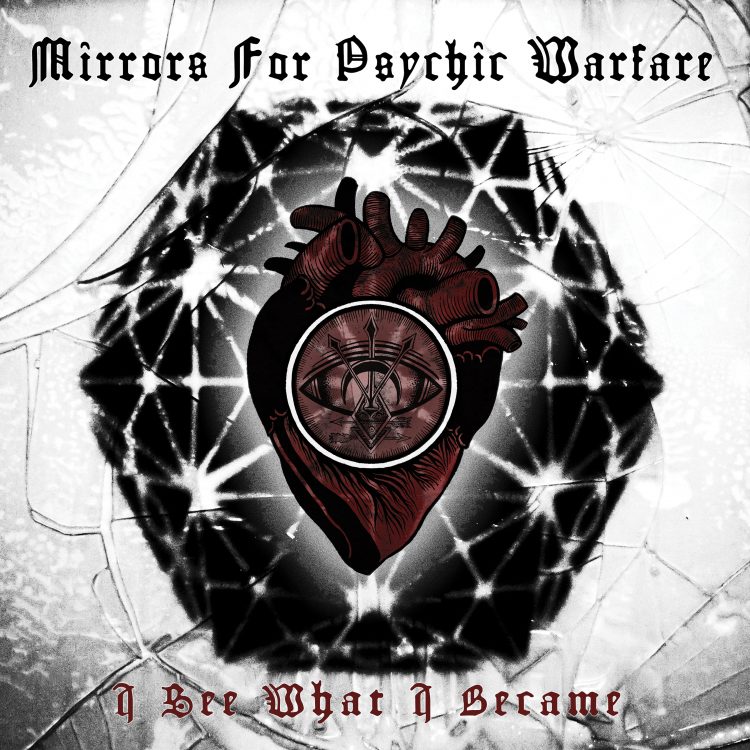
In addition, the exploratory sense of the band in I See What I Became is contained in the album overall and not on specific tracks. The band’s debut record featured lengthier compositions, while their sophomore album sees them produce more concise and focused pieces. The band still has a lot of room to experiment and expands the textures of their sound with some nice additions. The injections of noise and feedback contribute to the depth of this work, by moulding the ambiance surrounding the thunderous progressions. “Body Ash” is an example of this mindset, creating a more obscure and terrifying offering, as is the case with the even darker pathways explored in “Thing of Knives” and the epic closer of the album “Coward Heat”.
To sustain this balance between the industrial progression and the dark ambient influence, the duo takes a more detached approach through this work. Instead of arriving with an in-your-face attitude, as is the modus operandi of Corrections House, the band takes a step back and offers its perspective from a distance. This is also mirrored in the vocal delivery of Kelly, which features a more restrained characteristic that results in a calming effect. For this work the singer does not dive into his characteristic hardcore outbreaks, while still appearing as an imposing presence throughout the record. “Thing of Knives” sees this perspective coming together, as the track relies on the repetitive, soft drum loops and Kelly’s steady vocal delivery instead of exploding drums and more energetic rhythms. Kelly’s main band also resonates through this project, with some of the riffs pointing towards Neurosis. The start of “Flat Rats In The Alley” displays this quality in an epic and imposing manner, while the singular lead piece in “Crooked Teeth” also finds the dissonant edge of Neurosis creep into the mix or in a more ritualistic manner in “Death Cart”.
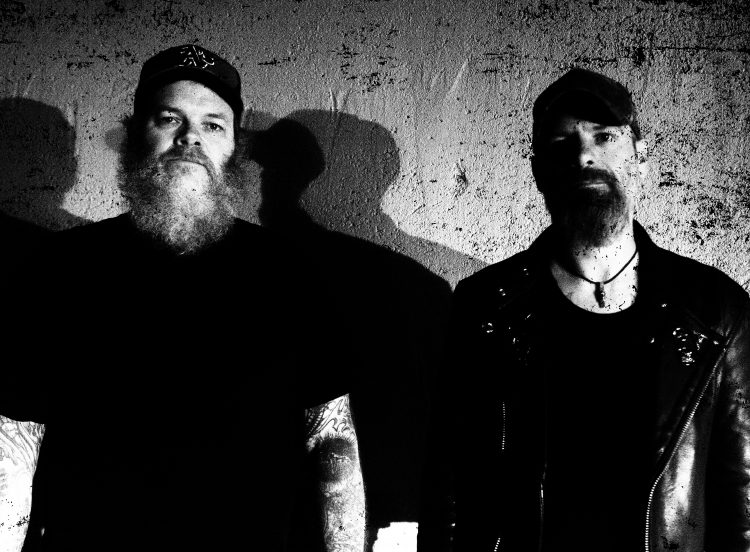
Photo By Julie Patterson
It is these different polars of influence that allow Mirrors For Psychic Warfare to craft a balanced brew of extreme experimental music. While standing on the backbone of heavy industrial music, the detours into dark ambient bring out a spiritual and tribal dimension to the record. That is also highlighted in the percussive components of the record, as the band explores these contradictory themes in a holistic manner. This element breathes a new spiritual and cathartic quality to the music. This is where the band reveals its growth, delivering in I See What I Became a more focused effort that also breaks new ground.Through the shorter compositions the duo explores the far edges of the cold, precise and mechanical aspects of industrial music while also implanting a soul to the record, through their detached approach and spiritual characteristics.
